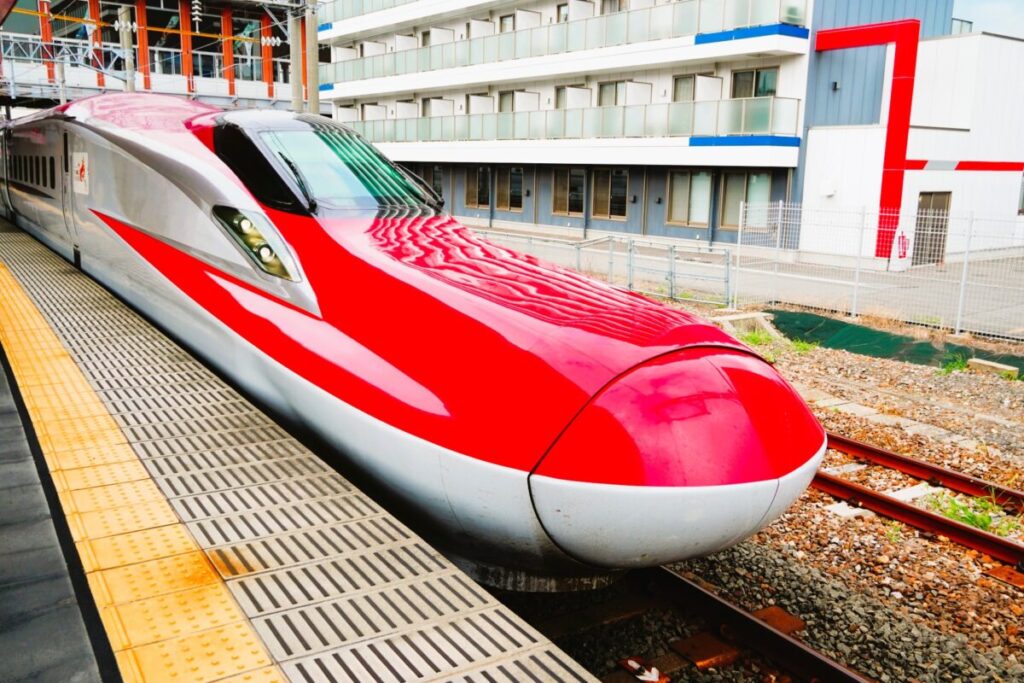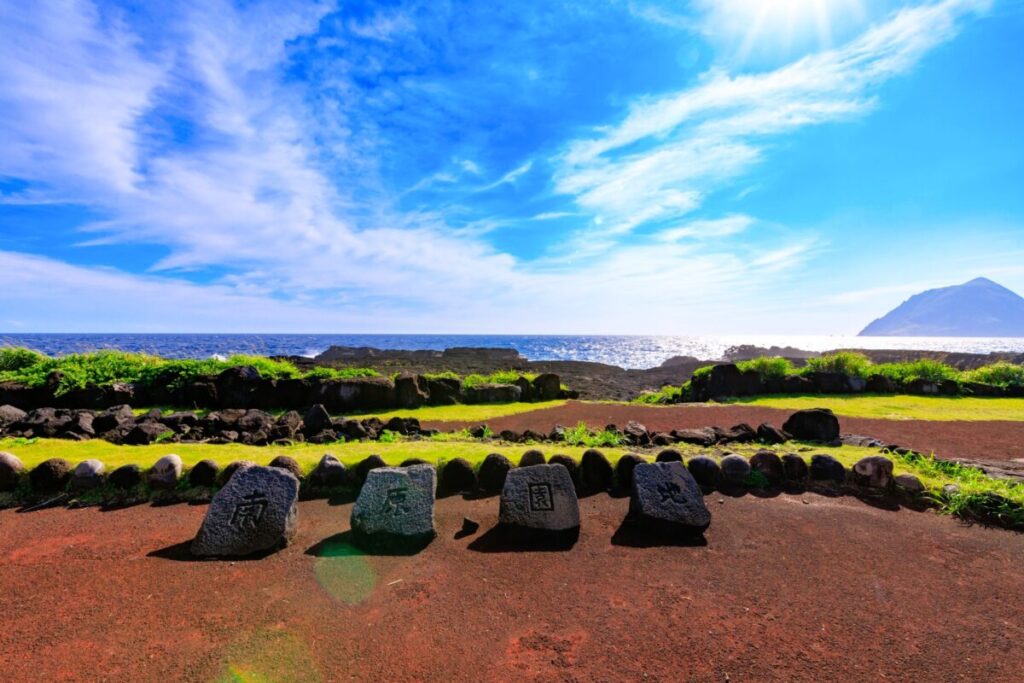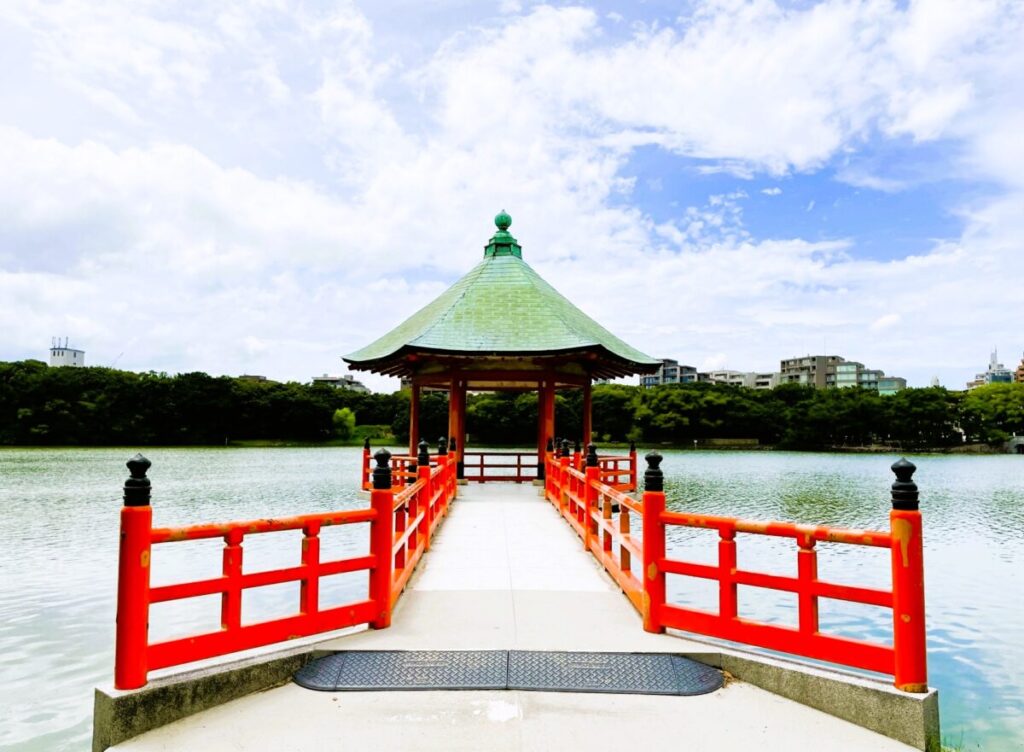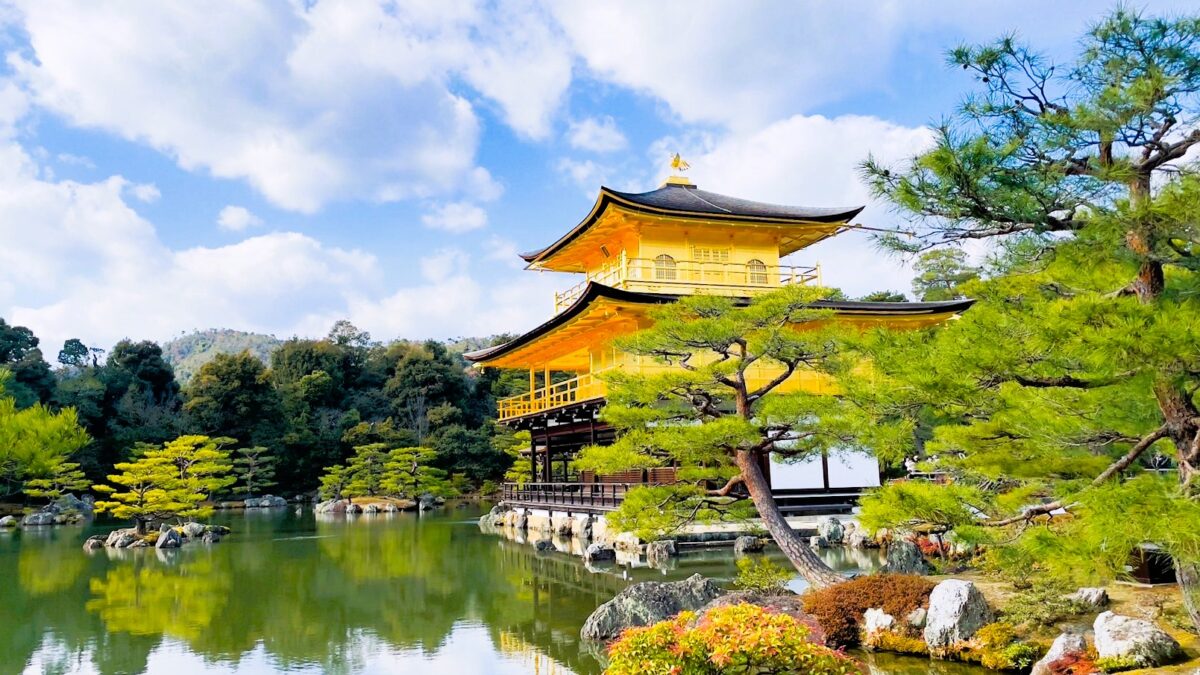- Getting Started with Your JR Pass
- Step 1: Purchase Before Arrival
- Step 2: Exchange Your Voucher in Japan
- JR Pass Exchange / Ticket Office Business Hours
- Step 3: Choose Your Activation Date
- Step 4: Start Using Your JR Pass
- Step 5: Reserve Shinkansen and Limited Express Seats
- Step 6: How to Read Your JR Ticket
- JR Pass Usage Example
- Step 7: Expiration and Reuse Rules
- Common Mistakes to Avoid
- Final Thoughts
Getting Started with Your JR Pass
The Japan Rail Pass (JR Pass) offers unlimited JR train access across Japan, but many travelers are unsure how to activate and use it correctly. This guide provides a clear, step-by-step walkthrough—from purchasing to reserving seats—so you can begin your Japan adventure smoothly and confidently.

Step 1: Purchase Before Arrival
The JR Pass is available only to foreign tourists under “Temporary Visitor” status.
You must buy it online before entering Japan through an authorized seller.
After purchasing, you will receive a voucher (Exchange Order) by email or physical mail. This will be exchanged for the actual JR Pass once in Japan.
Step 2: Exchange Your Voucher in Japan
When you arrive in Japan, visit a JR EAST Travel Service Center or a JR Exchange Office (JR West Midori no Madoguchi), located in major airports and stations.
JR Pass Exchange / Ticket Office Business Hours
| Location | Office Name | Area | Business Hours |
|---|---|---|---|
| Narita Airport Terminal 1·2·3 | JR EAST Travel Service Center (JR East) | Tokyo | 8:30 – 19:00 (Terminal 2·3: until 20:00) |
| Haneda Airport Terminal 3 | JR EAST Travel Service Center (JR East) | Tokyo | 6:45 – 20:00 |
| Tokyo Station | JR EAST Travel Service Center (JR East) | Tokyo | 8:30 – 19:00 |
| Kansai Airport | JR Exchange Office (JR WEST Midori no Madoguchi) | Osaka | 5:30 – 23:00 |
| Kyoto Station | JR Exchange Office (JR WEST Midori no Madoguchi) | Kyoto | 6:30 – 21:00 |
Bring the following:
Your passport with “Temporary Visitor” stamp
Your Exchange Order or QR code
Your preferred activation date
Step 3: Choose Your Activation Date
You do not need to activate your JR Pass immediately.
You can select a start date up to 30 days after exchanging it—perfect for travelers who stay in Tokyo first before taking long-distance trips.

Step 4: Start Using Your JR Pass
Once activated, the JR Pass works as your train ticket. Show it to staff at the manned ticket gate (not the automatic gates).
With your pass, you can:
Ride Shinkansen (except Nozomi and Mizuho)
Use Limited Express, Rapid, and Local JR trains
Access specific JR buses and ferries, such as the JR Miyajima Ferry
Step 5: Reserve Shinkansen and Limited Express Seats
Seat reservations can be made at:
JR Ticket Offices (Midori no Madoguchi)
JR’s official online booking systems
Ticket machines in major stations (English available)
Pro tip: Reserve seats early for long routes like Tokyo–Kyoto or Osaka–Hiroshima, especially on weekends or during busy holiday seasons.
Step 6: How to Read Your JR Ticket
Your reservation ticket includes:
Departure and arrival stations
Train type (e.g., Hikari, Sakura)
Departure time and seat number
Car number (usually between 1–16)
Ensure you board the correct car and sit in your assigned seat.

JR Pass Usage Example
| Trip | Regular Fare | JR Pass Coverage | Notes |
|---|---|---|---|
| Tokyo → Kyoto | ¥14,170〜 | Covered | Hikari or Kodama only |
| Kyoto → Hiroshima | ¥11,940〜 | Covered | Sakura trains |
| Hiroshima → Tokyo | ¥19,760〜 | Covered | Hikari or Sakura route |
Step 7: Expiration and Reuse Rules
The JR Pass is valid for consecutive days (7, 14, or 21 days).
It cannot be paused once activated.
Plan your long-distance journeys during the active days to maximize value.
Common Mistakes to Avoid
Forgetting your passport (required for activation)
Trying to board Nozomi or Mizuho trains (not covered)
Expecting automatic gate access—JR Pass must be shown manually
Final Thoughts
The JR Pass is easy to use once you understand each step.
By purchasing in advance, exchanging correctly, and booking seats early, you can enjoy smooth and efficient train travel across Japan—from high-speed Shinkansen routes to scenic local lines.



